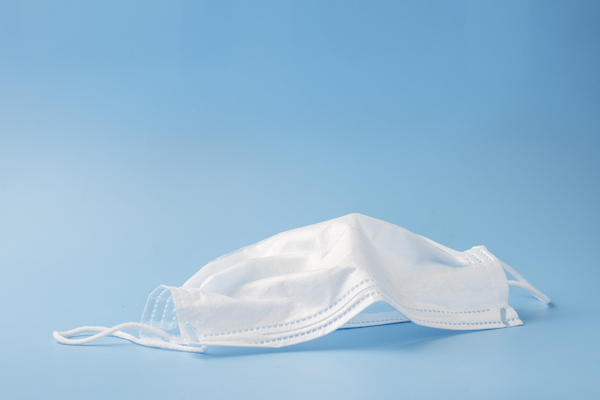
Concerned over shortages of face masks, U.S. medical authorities initially discouraged the use of face masks by the public. But a good deal of evidence (Jefferson T 2007) shows that face masks reduced the risk of infection by 68% in SARS, an analogue of COVID-19. This suggests that wearing face masks can go far toward slowing the spread of the pandemic. Therefore, we need to find a way to provide enough of them not just to protect medical personnel but also to protect the public. Reusing them seems a very attractive strategy.
Here is a protocol for reusing face masks that is adapted to the circumstances of a single healthy person living alone in an apartment with a limited supply of simple cotton surgical face masks. This person is not working outside home during the pandemic and only wears the mask when leaving the apartment. People living with family members and/or working full-time jobs, especially those involving meeting the public, need to adjust the protocol to their circumstances. Those who are ill with COVID-19 or caring for a COVID-19 patient should wear a high-quality face mask, if possible N-95, as supplies permit.
Protocol
1. Use two masks every 2-4 months.
2. Starting on Monday of each week, wear one mask for three days. On Monday and Tuesday evenings, wash it with detergent, rinse it, and let it dry overnight.
3. On Wednesday evening, wash the mask with detergent, rinse it, and hang it on a hook in a little-used corner of a room or closet. COVID-19 virus cannot survive more than 3 days (72 hours) on a cloth surface, so the first mask should be left on the hook from Thursday through Sunday.
4. From Thursday through Sunday, wear the second mask. On Thursday, Friday, and Saturday evenings, wash it, rinse it, and let it dry overnight. On Sunday evening, wash it, rinse it, and, after removing the first mask, hang it on the hook.
5. From Monday through Wednesday, wear the first mask, and so on.
At the end of the second, third, or fourth month, the two face masks may be washed, hung out 3 days, and then disposed of. The next 2-4 months will require two new face masks. If these are not obtainable, one can keep using the old masks as long as they do not seriously deteriorate. However, manufacturing two face masks per 2-4 months for each person does not represent an overwhelming challenge for middling or advanced economies, though distribution needs to be well managed. Also, roughly equivalent cotton face masks can be made at home.
This protocol assures that every mask is treated by one good cleaning method every day it is used and by another one every week before reuse, which should remove all virus, ensuring optimal safety. These simple masks do not afford perfect protection, but they are far better than wearing nothing. If everyone wears a mask in public, then the double barrier between two people will prove much more protective than just one mask. So actually simple face masks can be much more protective than many people suppose and than government information on them suggests–if everyone wears them. Exactly how much more protective this “two-mask scenario” is should be a high-priority for researchers to determine, though it appears to be multiplicative, not just additive.
